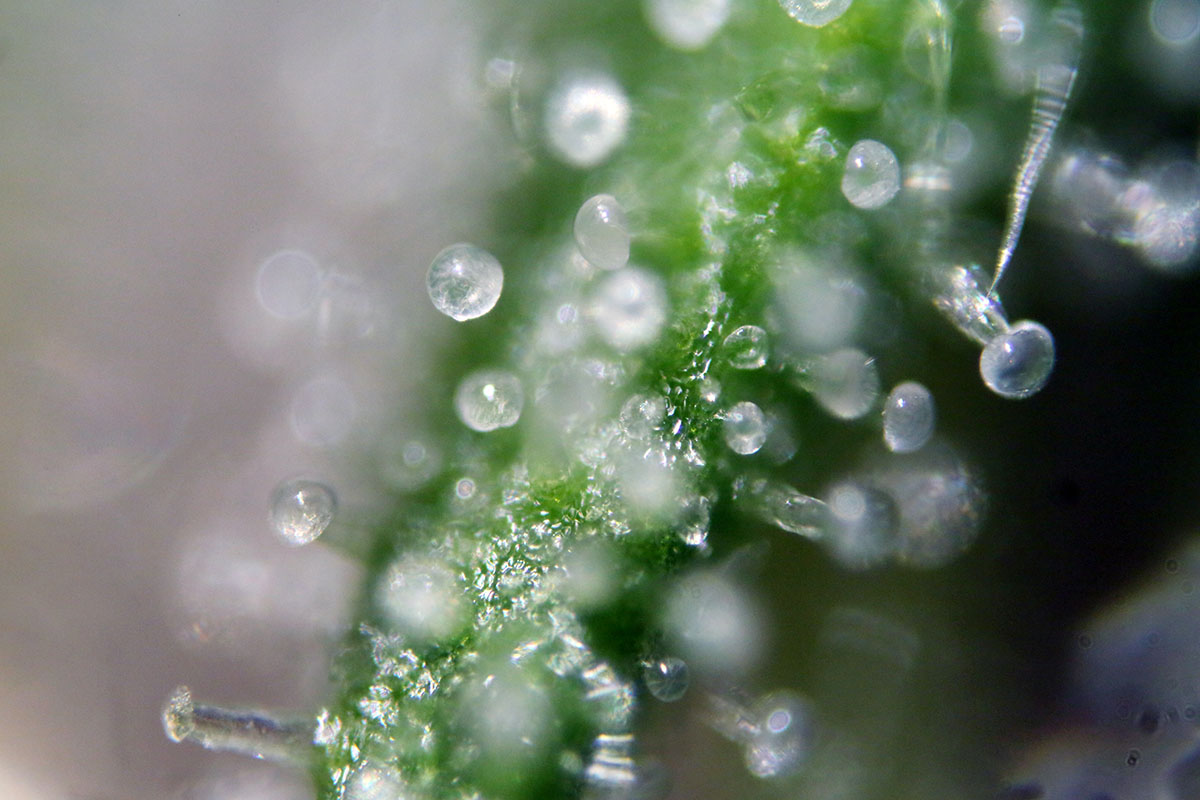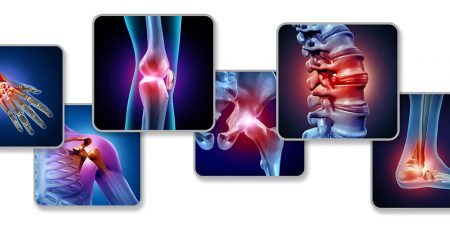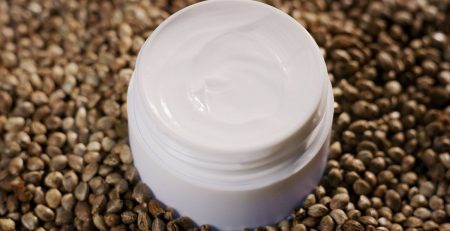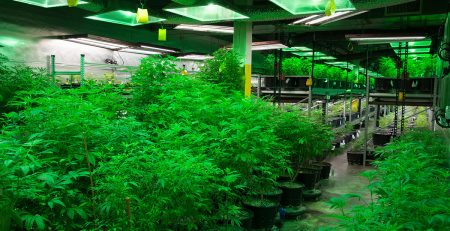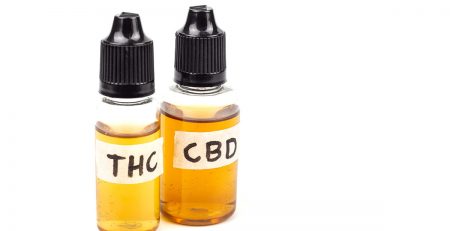What are Phytocannabinoids?
When looking closely at a cannabis or hemp plant, shiny, sticky, hair-like growth from the surface of the plant, known as trichomes, are responsible for producing phytocannabinoids. These highly aromatic molecules are associated with numerous health benefits and interact naturally with the body’s endocannabinoid system. Plants produce phytocannabindois and humans and animals produce endocannabinoids.
It is believed that there are over 100 different phytocannabinoids in both cannabis and hemp. The most well-known are Delta-9 THC and CBD (Cannabidiol) and the majority of research examining health benefits have involved these two. Other lesser-known phytocannabinoids include CBG (Cannabigerol), CBN (Cannabinol) and CBC (Cannabichromene). These are being studied to treat irritable bowel disorder, Huntington’s disease, sleep disorders and inflammation.
Phytocannabinoids work by binding to the body’s endocannabionoid receptors and activating the endocannabinoid system. These internal cannabinoids are created on demand and do their job by bringing balance and homeostasis to the entire endocannabinoid system. Much research indicates that a number of physical, emotional, mental and neurological conditions may benefit from the combination of plant-based cannabinoids and the body’s internal cannabinoids.
While this may sound complicated, it is rather simple. Think of phytocannabinoids as the “keys” that unlock the body’s naturally-occurring cannabinoid receptors. Once they have been unlocked, they allow the endocannbinoid system to work its magic by bringing balance to sleep, energy, pain, stress, cardiovascular function and many other vital health functions.

